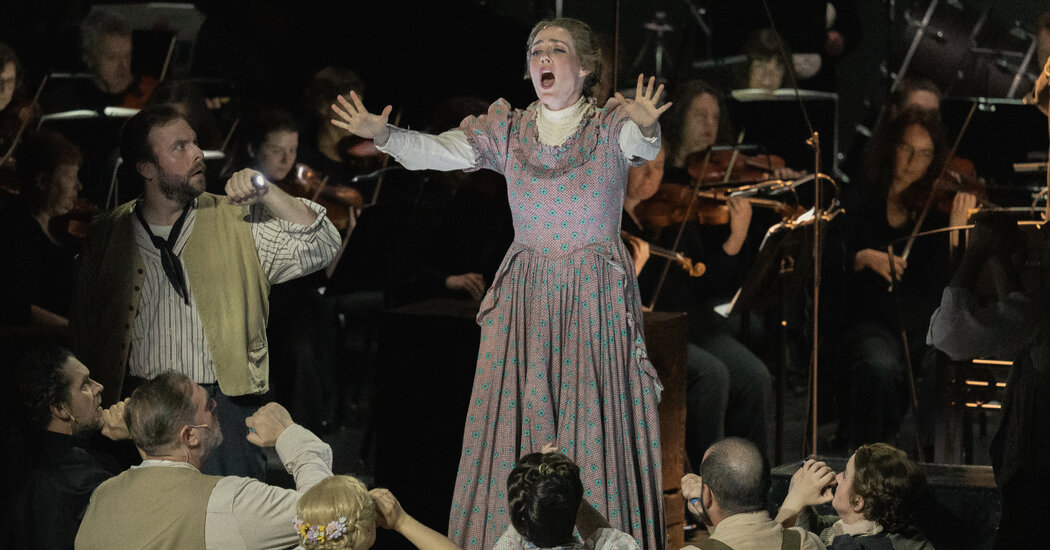After the mayor issued a musical proclamation, and after Norway’s ambassador to the United States gave a speech about her country’s far-reaching history in the Midwest, Jennifer Teisinger, the executive director of the South Dakota Symphony Orchestra, came out with a look of pleasant surprise, and more than a little pride.
“How many orchestras,” she asked from the stage of Mary W. Sommervold Hall in Sioux Falls, “have the mayor and the ambassador of Norway onstage for the same concert?”
True, orchestral concerts don’t usually get that kind of attention. But on a recent Saturday evening, the South Dakota Symphony was offering something extraordinary enough to warrant it: the first performance of Douglas Moore’s opera “Giants in the Earth” in over 50 years.
An adaptation of O.E. Rolvaag’s novel, a Midwestern classic about Norwegian immigrants who settle near present-day Sioux Falls in the late 19th century, Moore’s opera premiered in 1951, quickly won the Pulitzer Prize for music, then practically disappeared. It was never recorded, and the full score was never published. A revised version was performed at the University of North Dakota a couple of decades later. But that, too, came and went with little notice or consequence.
Before the South Dakota Symphony’s concerts last month, “Giants” hadn’t been heard since then. In Sioux Falls, it has been painstakingly restored, with a recording on the way and its manuscript score engraved at last, ready for publication. Delta David Gier, the orchestra’s transformative music director, has referred to the opera as “a diamond on the side of the road.” Now, it’s more like a gemstone on display.
Even so, will people notice it? “Giants” is far from perfect, but in style and subject matter is American opera in its essence: a grand, dramatic treatment of the promise and agony of this country’s melting-pot identity, as precarious and unresolved for immigrants in the 19th century as it is now.




